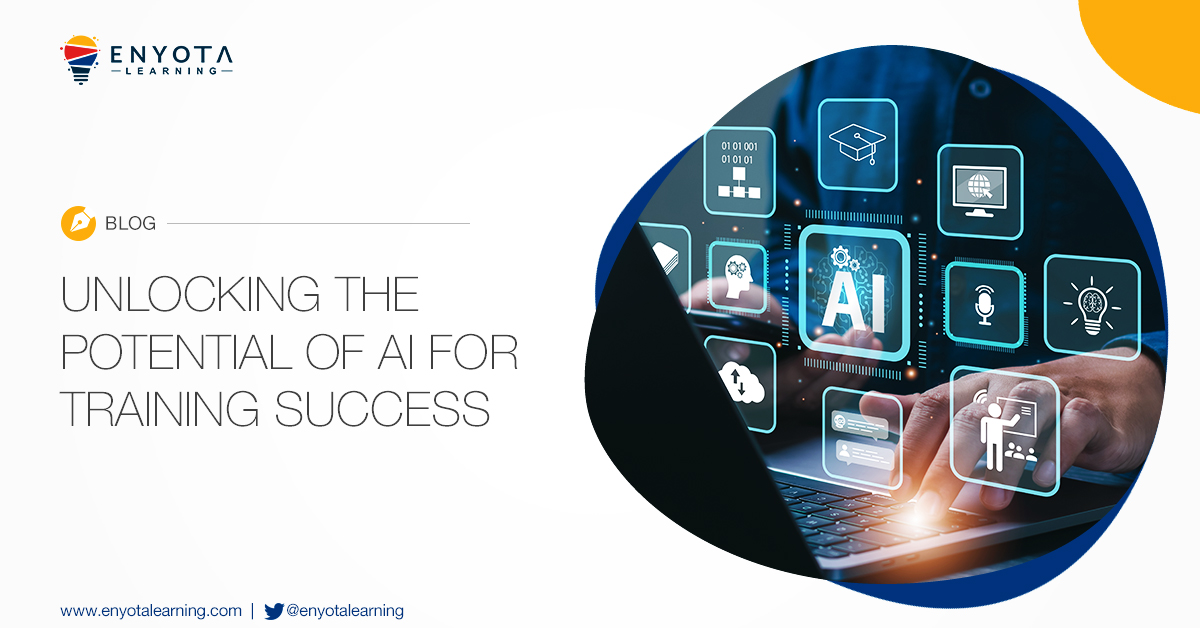Training and development professionals may face challenges in the oncoming periods. However, stopping the training function is not an option. This statement holds true on multiple fronts. On one end, budget cuts and complete restraint on traditional training is expected. On the other hand, organizations that continue hiring new employees are in need of immediate new-employee training or onboarding. Some of these employees need may also need it desperately.
So, what options do L&D have? We have tried covering a few in this article!
3 Steps to Planning New Employee Onboarding
Evaluating Onboarding
First things first. It is important for L&D professionals to evaluate their organization’s current economic and operational situation. As organizations adjust their budgets for the year, knowing how much is allotted towards L&D is important. Even more, is determining where you plan on spending it. Since traditional training may become more expensive, L&D teams are left with the option of eLearning. Once that is ascertained, the evaluation process begins. From determining the exact type of eLearning courses, to the quantity needed, to looking for the right vendor—all three fall under the evaluation process. Traditionally, onboarding was a greet and meet activity to ease new employees into their new workspaces. However, 2020 has permanently altered many traditional practices including onboarding. Organizations are now looking at onboarding through a more detailed microscope.
The onboarding evaluation process now includes:
- Looking for ways to cut and save on L&D expenditure, but maximize the output of onboarding
- Hiring fewer candidates, but ensuring they are brought to speed with efficiency
- Conducting webinars instead of seminars
- Highlighting and conveying the guidelines governing the work-from-home policy
- Introducing new employees to their colleagues and team members remotely
The onboarding game is all about efficiency. L&D teams must evaluate opportunities to cut costs and maximize training. eLearning is a fine example. However, evaluating the right eLearning format for your organization is the challenge. Moreover, evaluating opportunities to effectively introduce new employees to their team members is equally important. With no clarity about the duration of this crisis, L&D professionals need to also find a solution to integrating new employees remotely.
Optimizing Onboarding
What is optimizing? Optimizing is a chain of actions or responses that aim to improve a process or a function. Simply put, it is the action of analyzing a process, devising a plan to increase the process’ efficiency, executing the action, and repeating the steps. When this process is carried out repeatedly, L&D teams are generally able to successfully simplify and drive their training process forward with ease. The term ‘optimizing’ holds great value for L&D professionals. The global recession may throw regular practices out of sync, leaving teams with the options of changing or optimizing their training activities including onboarding. If we talk about changing training practices, we practically have only one way to go, and that is switching from traditional training to eLearning. However, for those who have already employed eLearning, the only way forward is optimizing. Optimizing eLearning activities however, could slightly alter in meaning and applications.
If we talk about optimizing onboarding, you will find the topic revolving around:
- Optimizing onboarding for employees who have not yet met their team leaders, members, or even HR
- Maximize retention and conveying a clear message to new remote employees
- Optimizing for costs and efforts because eLearning is not devoid of them
- Optimizing remote assessments and feedbacks
As you can tell, the term optimizing onboarding practically revolves around hybrid and remote employees and their unique training needs while also keeping a track and spending L&D budgets wisely.
Blending Onboarding
Well, blending onboarding may not be the right thing to do yet, but it cannot be ignored either. For once things return to normal, the best method of delivering onboarding training to new employees is via a blended approach. This is applicable to all the new employees who join the organization in the future and to those who joined during the economic slowdown.
Blending onboarding is a straightforward process including:
- Conducting targeted portions of the onboarding process over the LMS and the rest in a classroom setting
- Conducting assessments over the LMS for recording and tracking purposes
- Providing digital certifications
- Blending theoretical eLearning-based training with practical on-the-job-training (OJT)
- Granting new employees an extended access to onboarding courses and their material for future references
Conclusion
It is important to note that, though not immediately useful or practical, blending onboarding training is the answer to your training and development woes. As a result, the ability to combine them in a way that makes sense and works is paramount to your training and development success. We have tons of experience as an organization working with global Fortune 500 companies and helping them streamline the onboarding process. If your organization is looking to setup a 2020-ready onboarding activity, you can get in touch with us via email or fill a contact form and one of our specialists will contact you shortly. You can also reach us at Abara LMS to try our LMS for Employee Onboarding.



